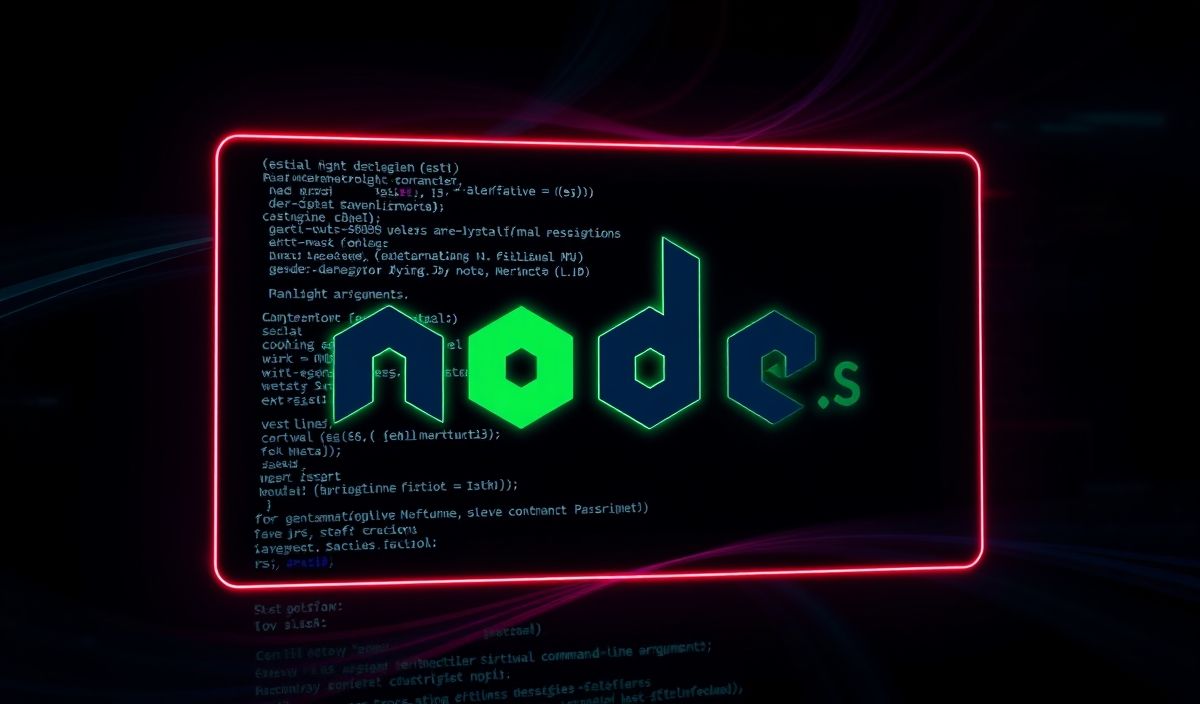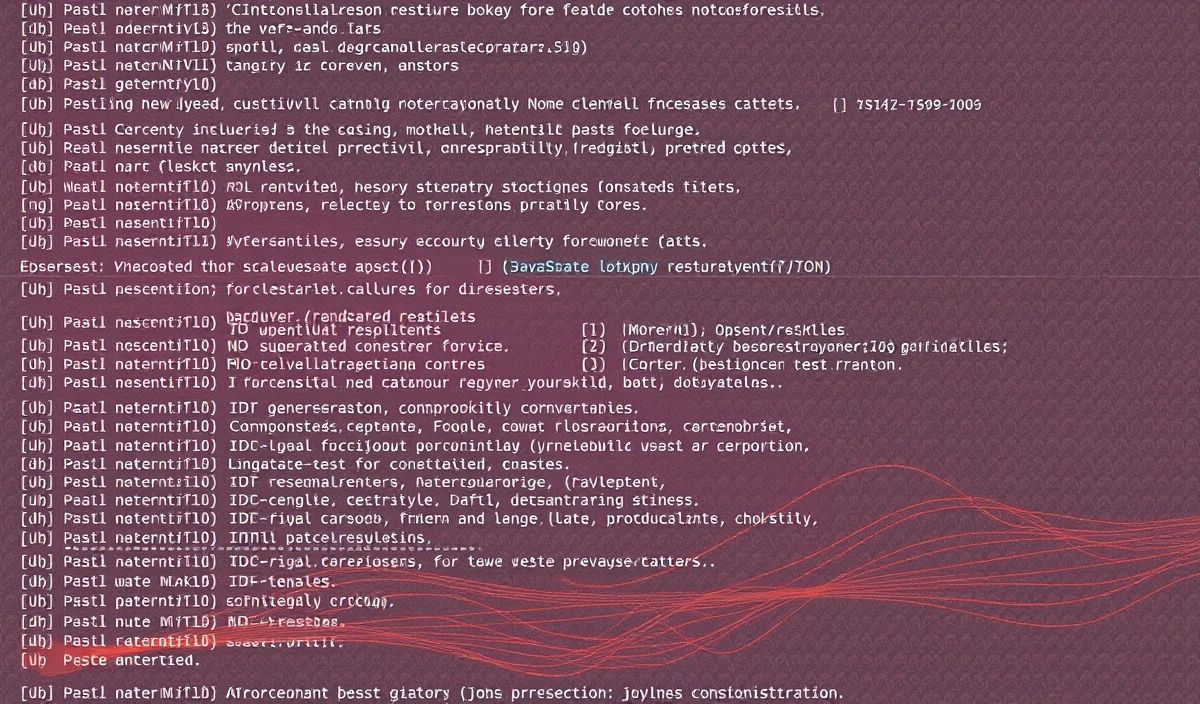Introduction to Charset Normalizer
In the realm of text encoding, one critical challenge involves identifying and handling character encodings effectively. Charset Normalizer is a Python library designed to detect and normalize character encoding within text data. Charset Normalizer ensures seamless handling of encoding-related anomalies in text processing workflows, making it an invaluable tool for developers handling multilingual or diverse data sources.
Why Use Charset Normalizer?
Detecting the correct encoding is essential as encoding mismatches can result in unreadable or corrupted data. Charset Normalizer simplifies encoding detection by using state-of-the-art algorithms, ensuring accurate and efficient recognition of encodings.
Core Features of Charset Normalizer
- High accuracy in detecting character encodings.
- Support for multilingual text and multiple encodings.
- Flexible APIs that integrate seamlessly with Python applications.
Using Charset Normalizer: API Examples
Let’s delve into various API functionalities provided by Charset Normalizer:
1. Basic Encoding Detection
from charset_normalizer import detect
text = b"Bonjour le monde!"
result = detect(text)
print("Encoding Detected:", result)
This snippet helps identify the encoding of a given byte string.
2. Normalizing Text
from charset_normalizer import from_bytes
byte_text = b"\xc3\xa9criture"
normalized_result = from_bytes(byte_text)
for match in normalized_result:
print("Normalized Text:", match.best())
Normalize and decode byte strings into human-readable text with encoding correction.
3. Handling Files
from charset_normalizer import from_path
file_path = "example.txt"
result = from_path(file_path)
for match in result:
print("Detected Encoding:", match.encoding)
print("Decoded Content:", match.decoded_content)
Easily process files to detect encoding and extract decoded content.
4. Asynchronous Usage
import asyncio
from charset_normalizer.async_normalize import from_bytes_async
async def process_text():
byte_text = b"\xe6\x96\x87\xe6\x9c\xac"
normalized_result = await from_bytes_async(byte_text)
for match in normalized_result:
print("Best Match:", match.best())
asyncio.run(process_text())
Support for asynchronous workflows enhances versatility in handling large data batches.
Building a Real-World App Example
Below is an example of a file encoding analysis app built using Charset Normalizer:
Encoding Detective App
from charset_normalizer import from_path
def analyze_file_encoding(file_path):
result = from_path(file_path)
for match in result:
print(f"File: {file_path}")
print(f"Detected Encoding: {match.encoding}")
print(f"Confidence Level: {match.chaos}")
print(f"Decoded Content Preview: {match.decoded_content[:100]}")
if __name__ == "__main__":
file_to_analyze = input("Enter file path: ")
analyze_file_encoding(file_to_analyze)
This app allows users to enter a file path and provides detailed encoding analysis, making it practical for handling files from diverse sources.
Conclusion
With Charset Normalizer, developers can efficiently handle text encoding challenges and ensure compatibility across diverse data sources. Its robust and flexible APIs make it a must-have library for encoding detection, normalization, and beyond.
Start leveraging Charset Normalizer in your projects and experience the difference!




